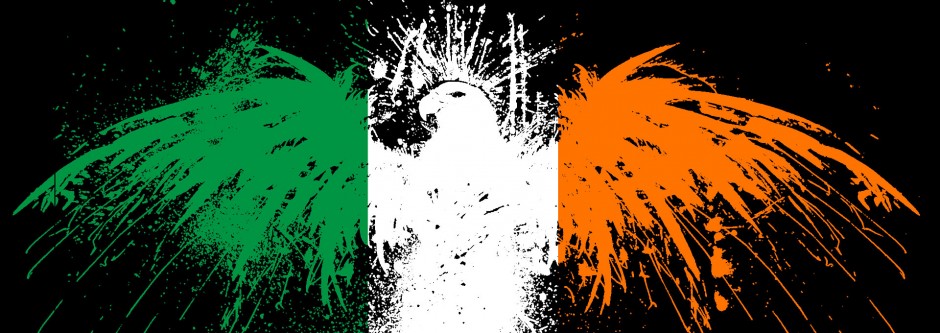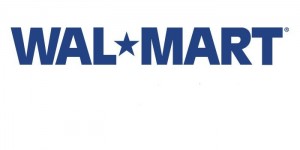As the National Hockey League’s second work stoppage in eight years looms, many hockey fans are growing increasingly irate at the prospect of losing another full season of play. Few of these fans, however, have much (if any) knowledge of the true processes and the economics behind the negotiations of the collective bargaining agreement between the NHL and the players’ association. If one is even partially learned about the details that the league and the NHLPA are currently mulling over, they will soon see the reasons that a new agreement being reached before the September 15 expiry of the old CBA is unlikely. The negotiations are complex and see many facets, so I will be writing a series of posts regarding the lockout and its workings, with this initial one focusing on the revenue demands of both the league and the players association.

Perhaps the most descriptive and thorough chronicling of the business behind the negotiations was recently posted by esteemed hockey analyst Bob McKenzie. The column can be seen in its entirety here: http://www.tsn.ca/nhl/story/?id=404989 . McKenzie’s post is able to present not just the explanation of the discussions, but also numerical figures that can be used to add context and meaning to the situation, and thus is the primary source of information for both this and upcoming posts about the lockout.
The most notable sticking point thus far in the negotiations has been the hard-line stance taken by both sides over the sharing of revenue. In the last collective bargaining agreement, the players share of NHL revenue increased from year-to-year, gradually moving from 54 to 57%. The players’ association wishes to maintain their current share from the 2011-2012 season of 57 percent, while the NHL’s board of governors’ offer includes a move from their previous 43 percent to an identical 57 percent. The tabled offer by the league would cause a reduction of almost 25% of payout to the players, which would cause massive rollbacks in the salaries already agreed to in existing player contracts and the possibility for even larger escrow payments (escrow will be the topic of the next blog in the series). With the team salary cap that is currently in place and the fact that maximum player salaries have been tied to total NHL revenues after every season since its implementation, it is completely unreasonable to expect the players’ association to even consider this.
Since the full-season lockout of 2004-05, the league’s revenues have grown almost exactly fifty percent: from roughly 2.2 billion dollars to 3.3. The system put in place by the last CBA which tied player salaries to year-to-year revenues has been what allowed player salaries to grow each year, with the salary cap keeping a form of economic parity for the teams in the league. The NHL’s stance in the negotiations over the revenue split is that the cost of player salaries has risen above 1.8 billion dollars and that is the reason for their demand to cut the NHLPA’s share of revenue. However, this situation is unlike that seen before the previous lockout.
Before the salary cap, the richest teams in the league would be easily able to outbid any of the weaker market, ‘have-not’ teams. As a result, massive bidding wars for star players saw salaries rocket past 10 million dollars per season, far above what is seen today. The lack of parity caused an underwhelming amount of revenue coming from many of these weaker markets. The cost of these salaries was not just the combined value of all the contracts, it also affected the ability to draw fans and therefore further revenue. With the salary cap in place, these teams are financially able to keep up with the league’s biggest guns because salaries are both limited and must be able to fit within a team’s cap budget, preventing teams from over-paying for players without severe consequences on keeping and acquiring other talent. The parity has caused weaker markets to gain footholds and noticeable fan bases, drawing the massive increase in league revenue. This is completely the opposite of the current situation, whereby the higher cost of salaries compared to eight years ago is merely a by-product of the growth of revenue, and the league’s profit margin is far greater than ever before. Salaries are not the problem the side of the NHL is making them out to be.
It obviously remains to be seen what the settlement on revenue will be, but in my opinion it is the NHL’s unrelenting stance and unreasonable offer that is the problem regarding the issue of revenue splitting. That is not to say the players’ association will not have to compromise as well; compromise is indeed the purpose of a negotiation such as this. This is just one of the ongoing struggles throughout the negotiation process, but is likely the largest one. There will be more blogs to come on the subjects of the ongoing renewal of the collective bargaining agreement (likely less wordy than this opening chapter), but hopefully we do not encounter a sequel in terms of a lockout.




